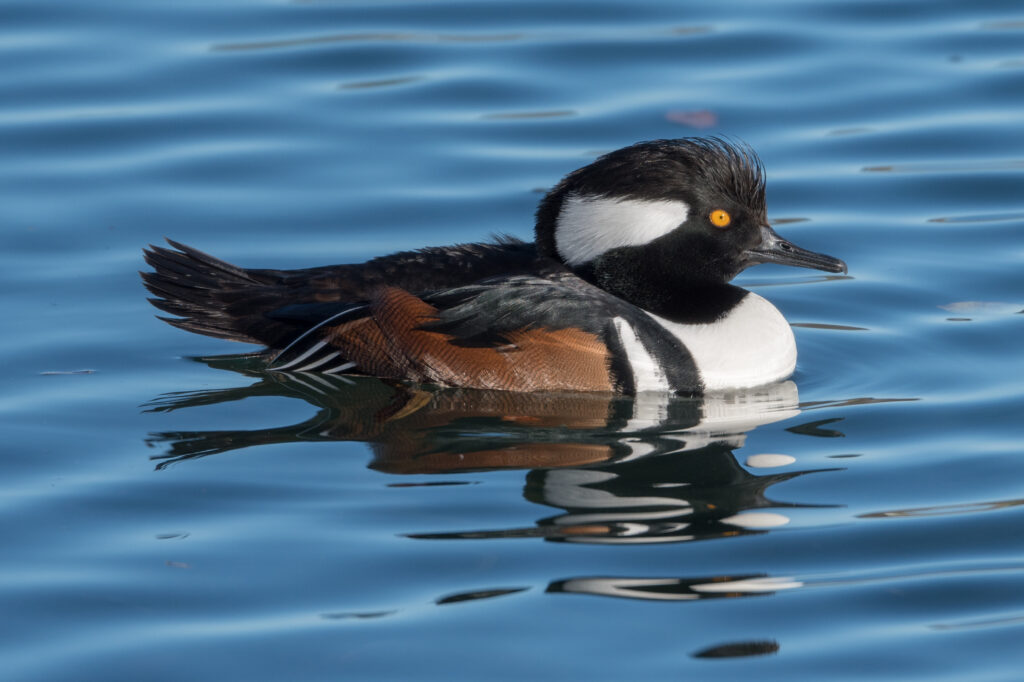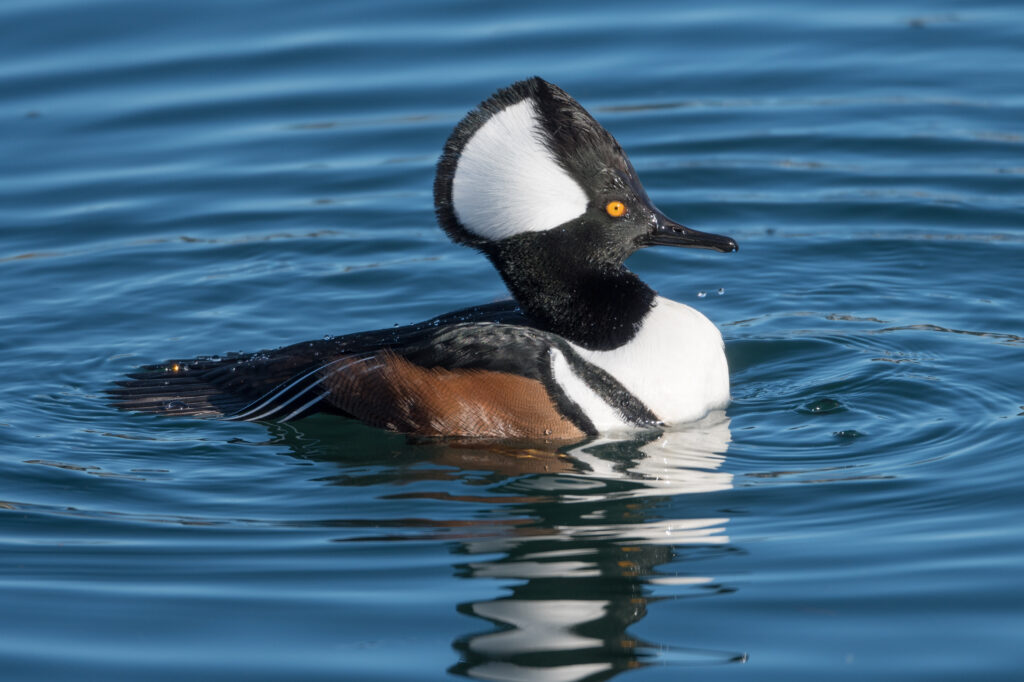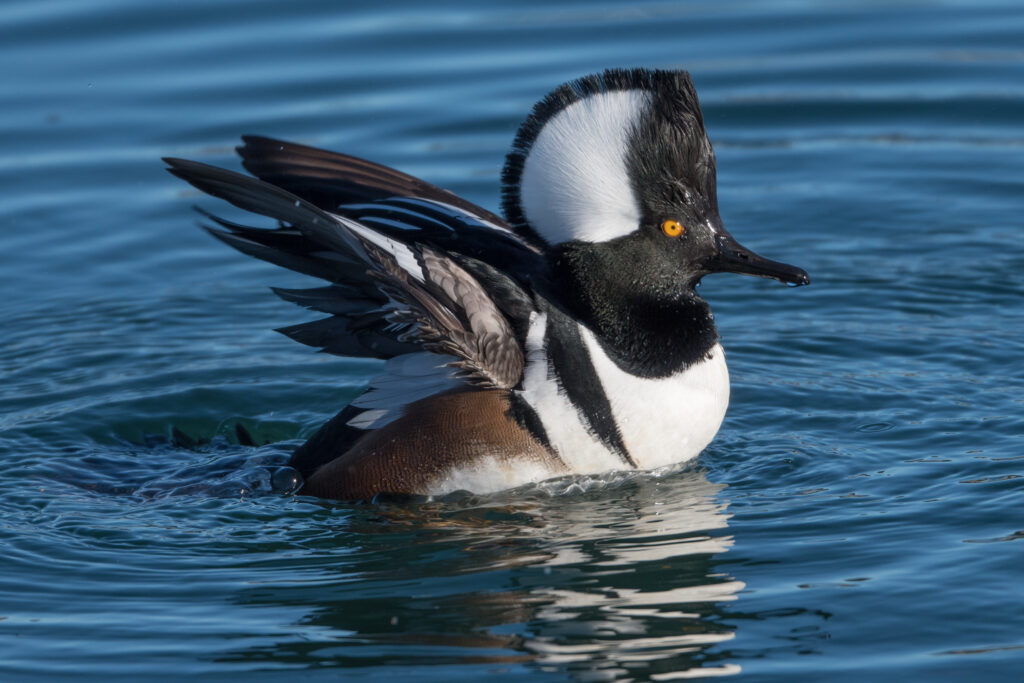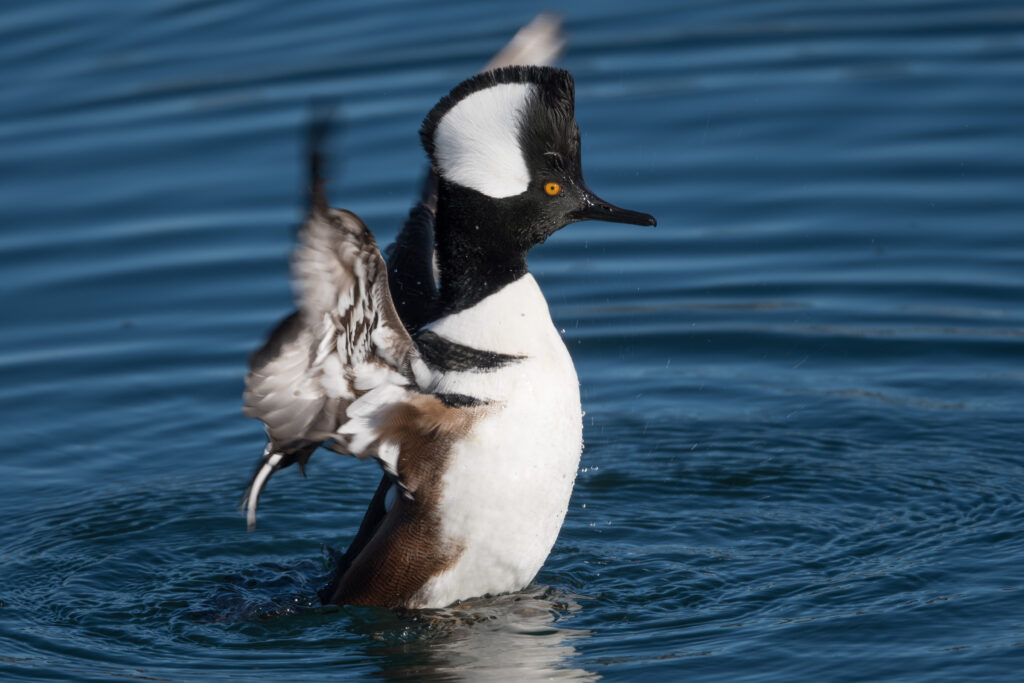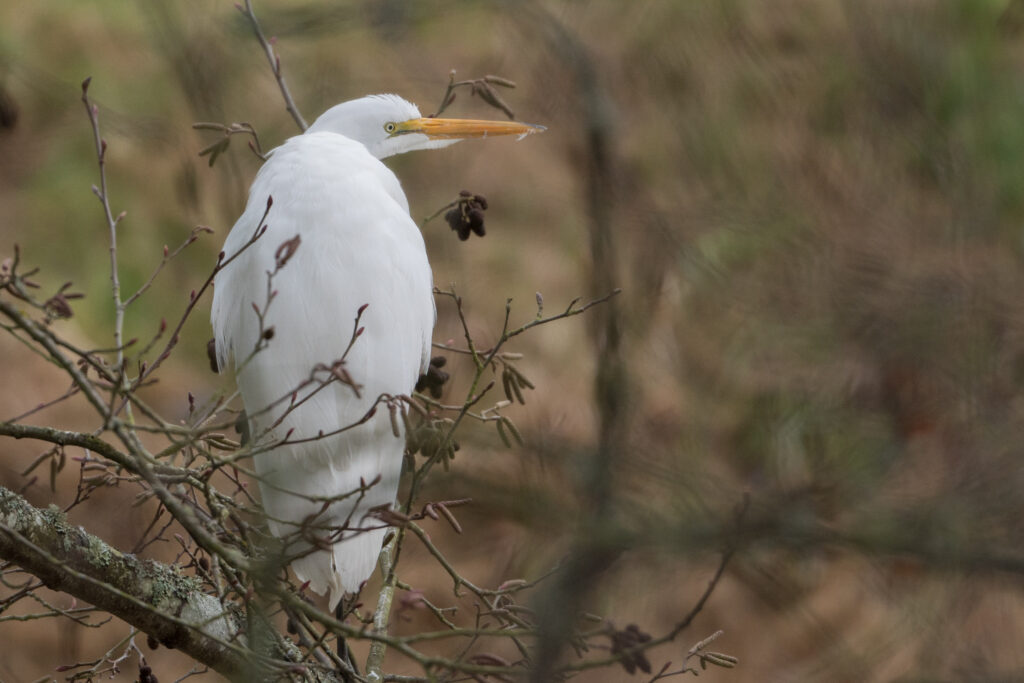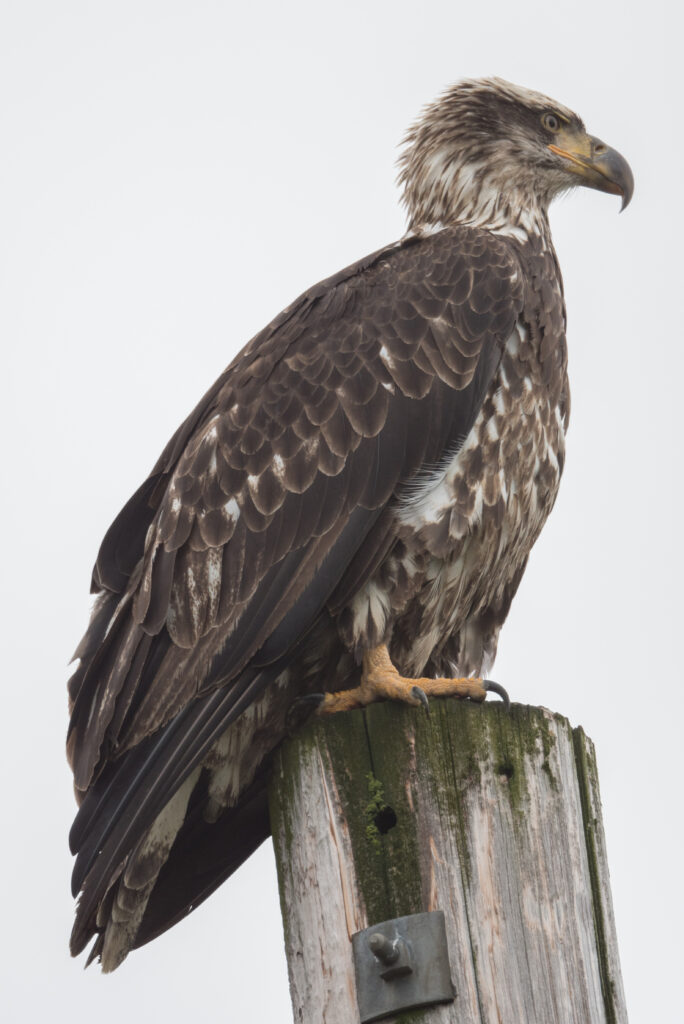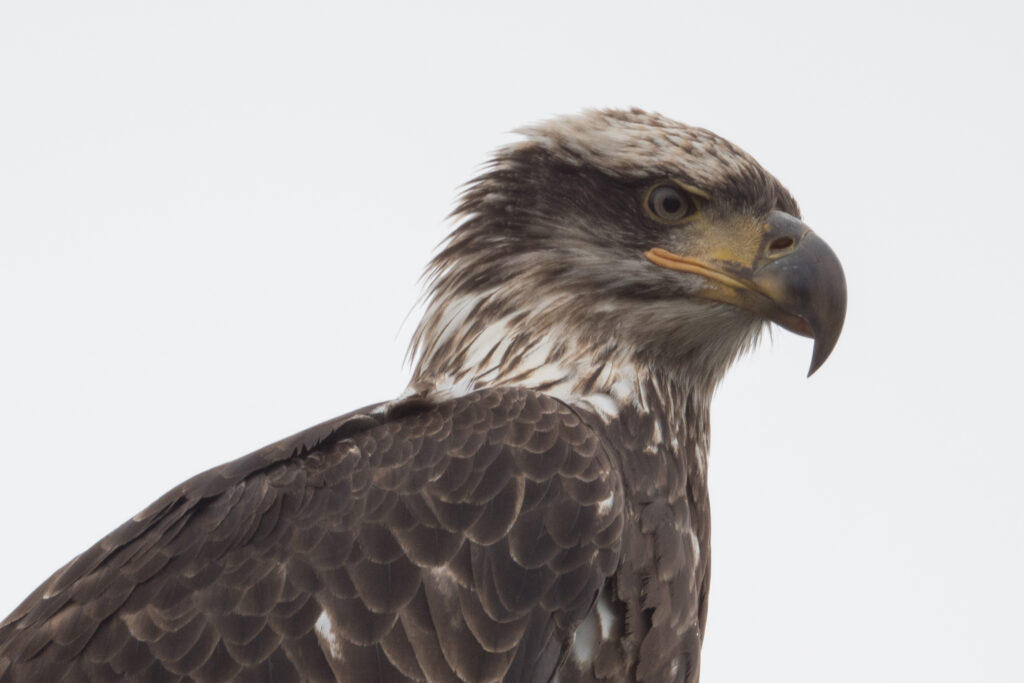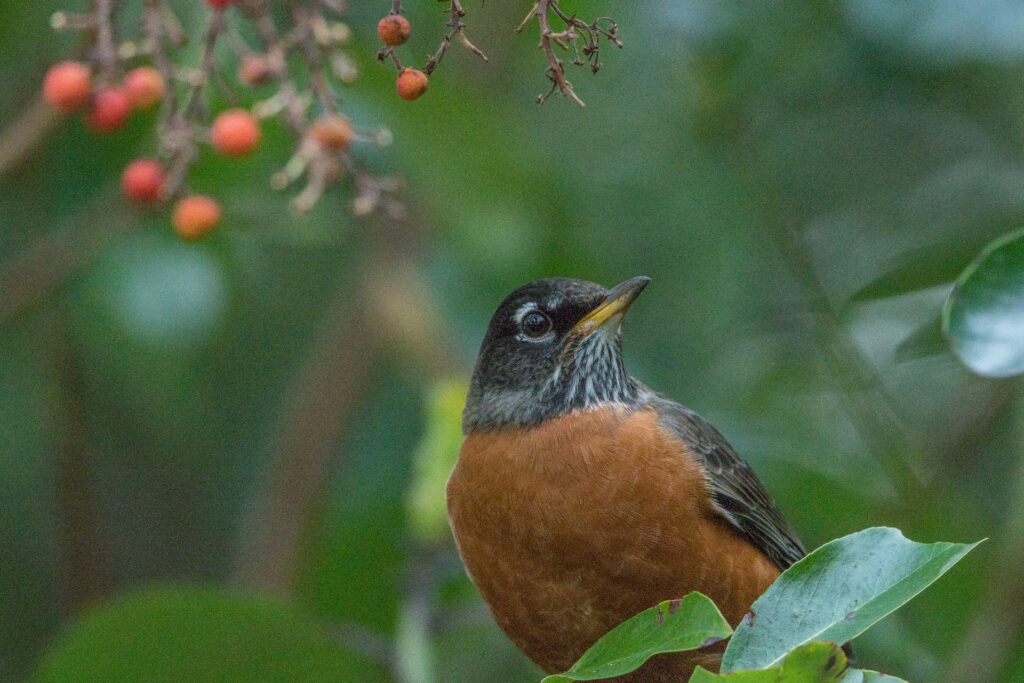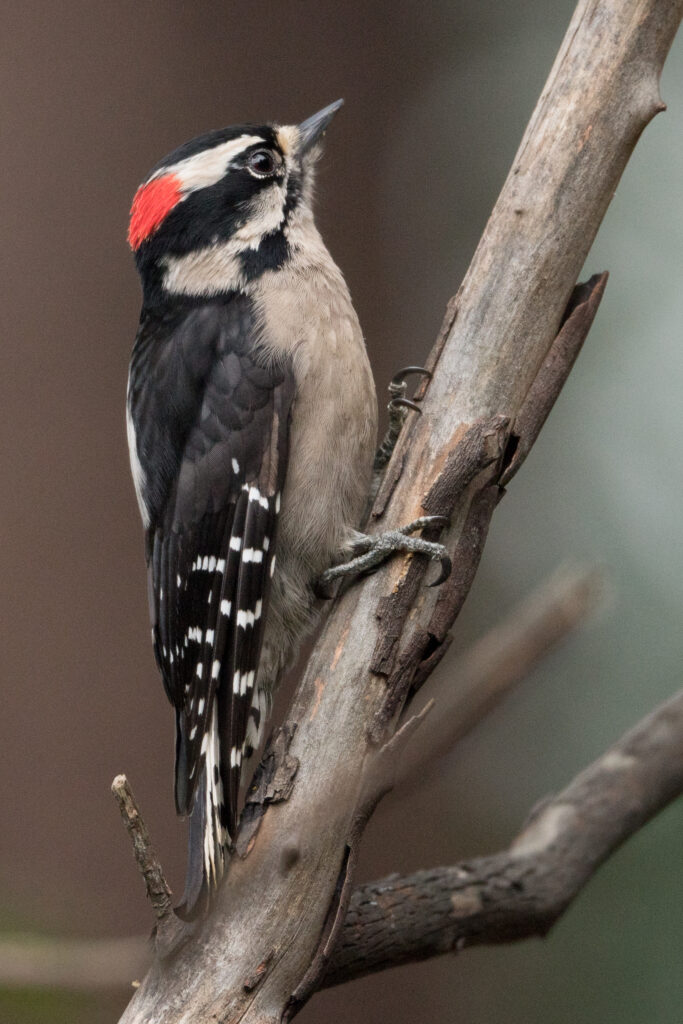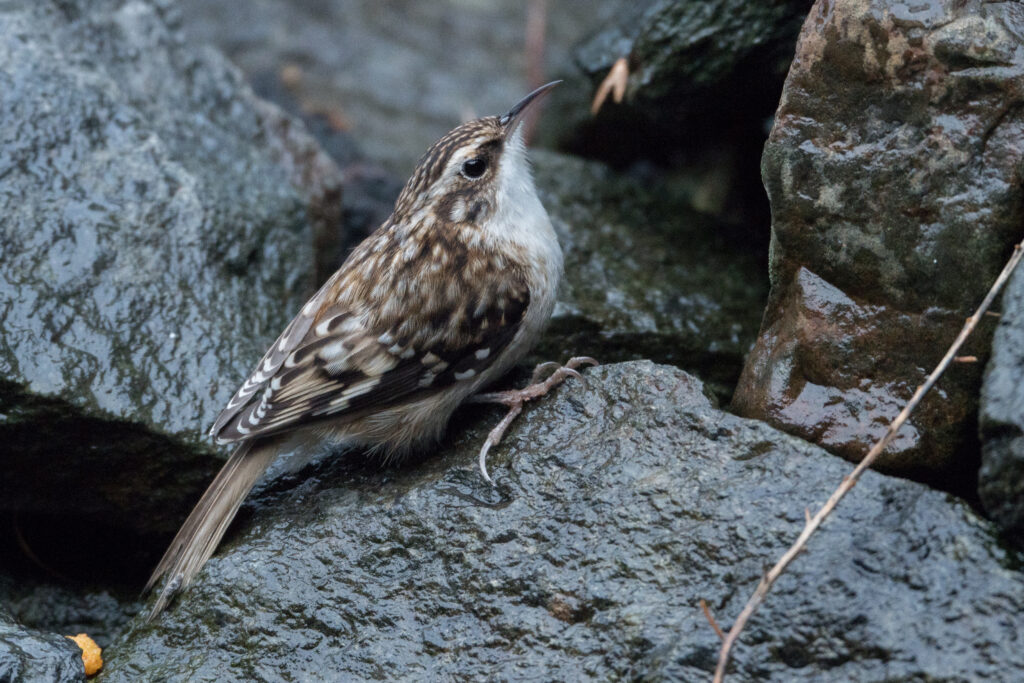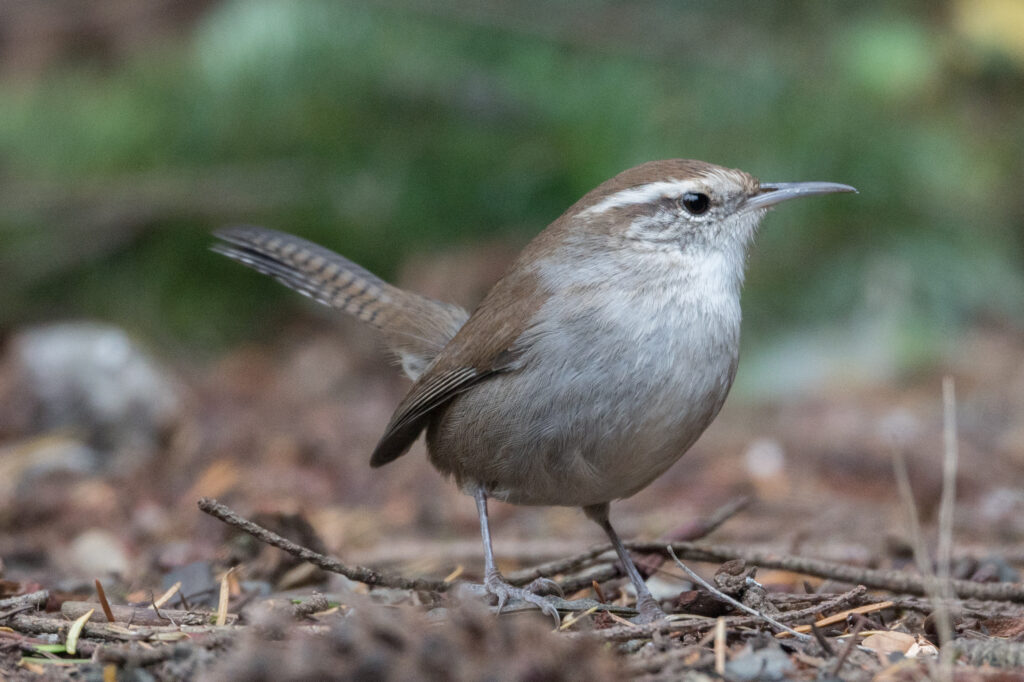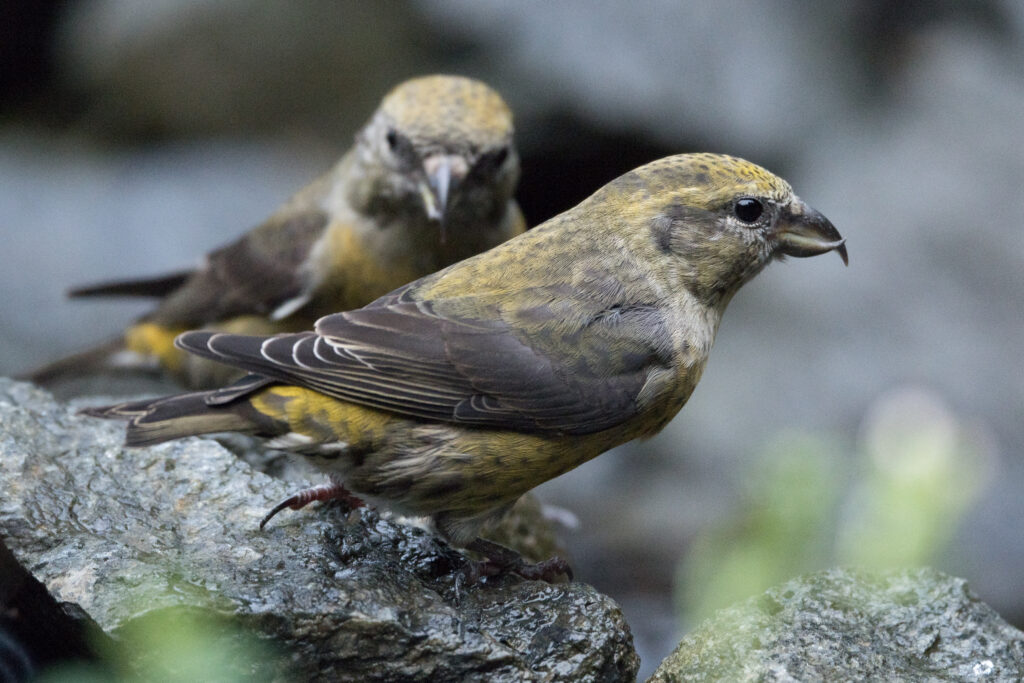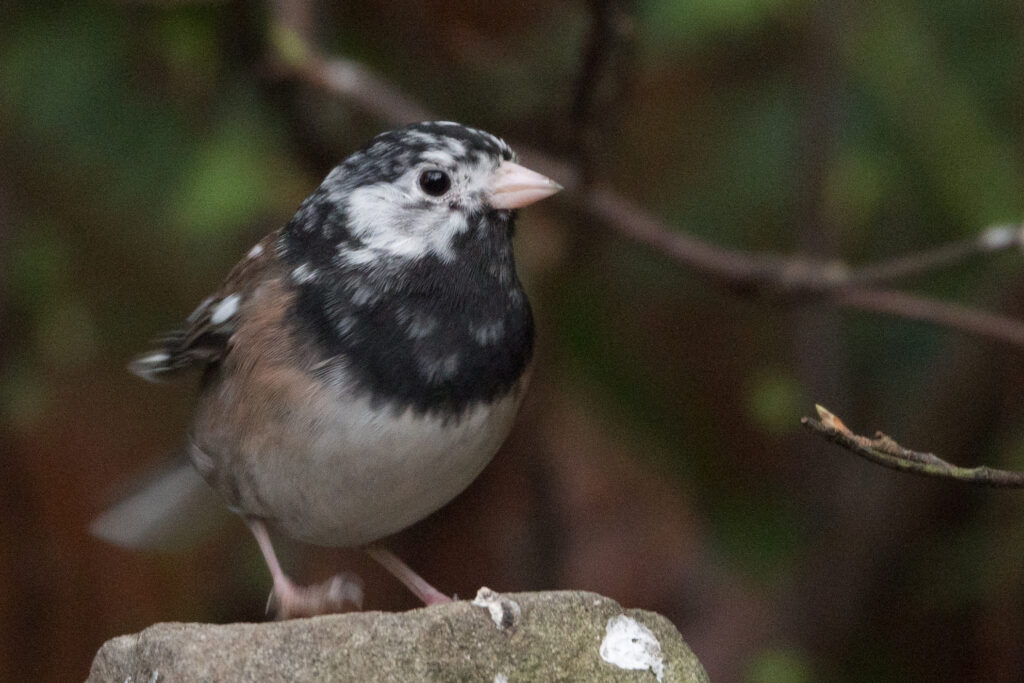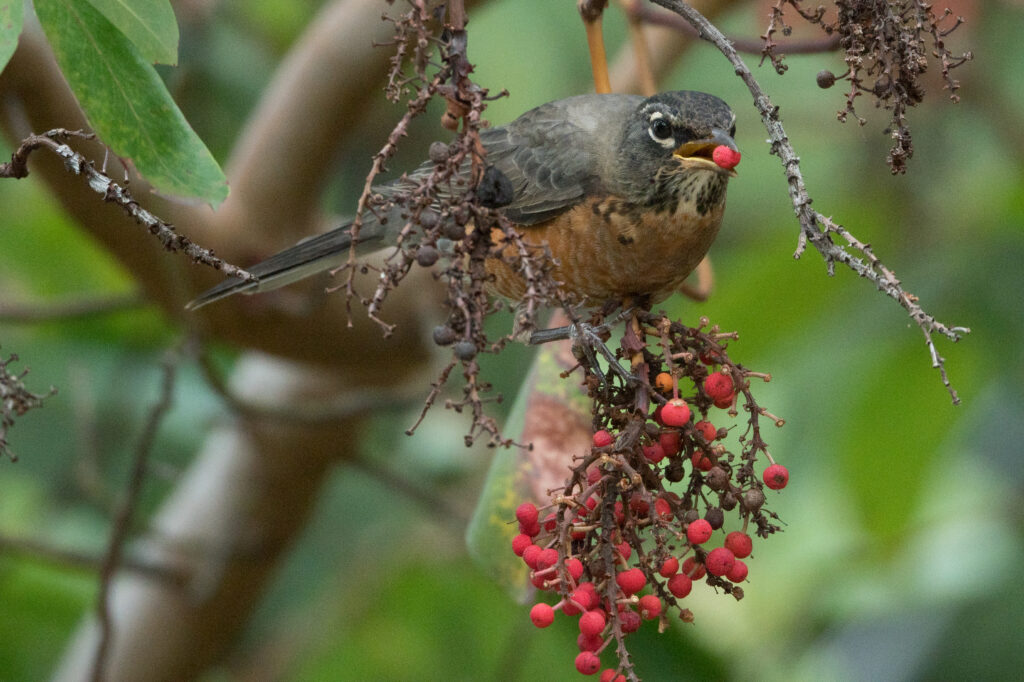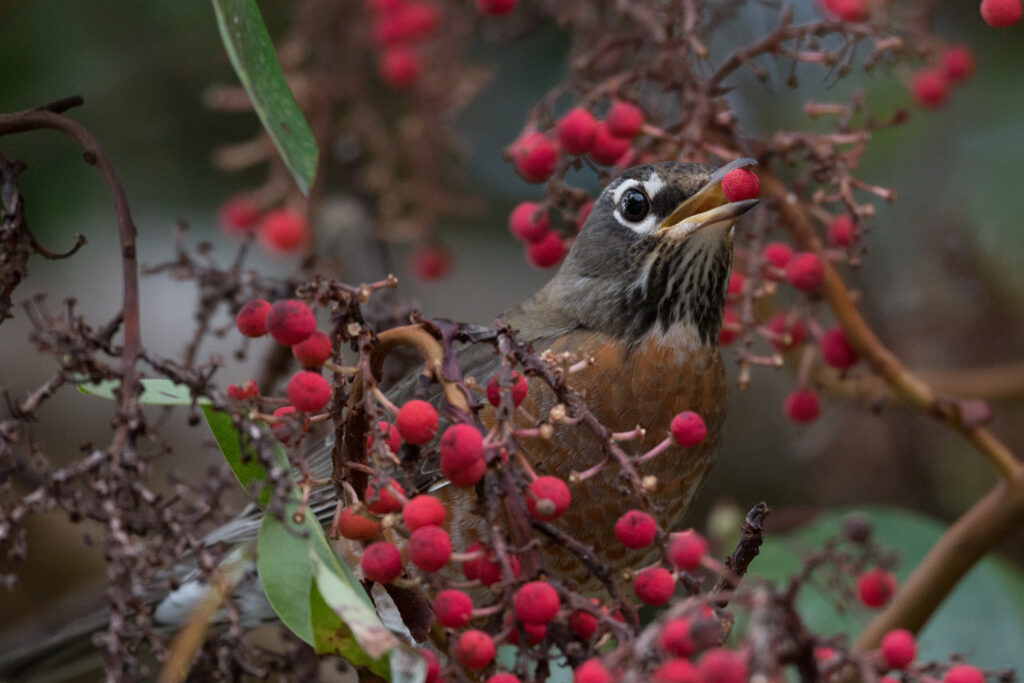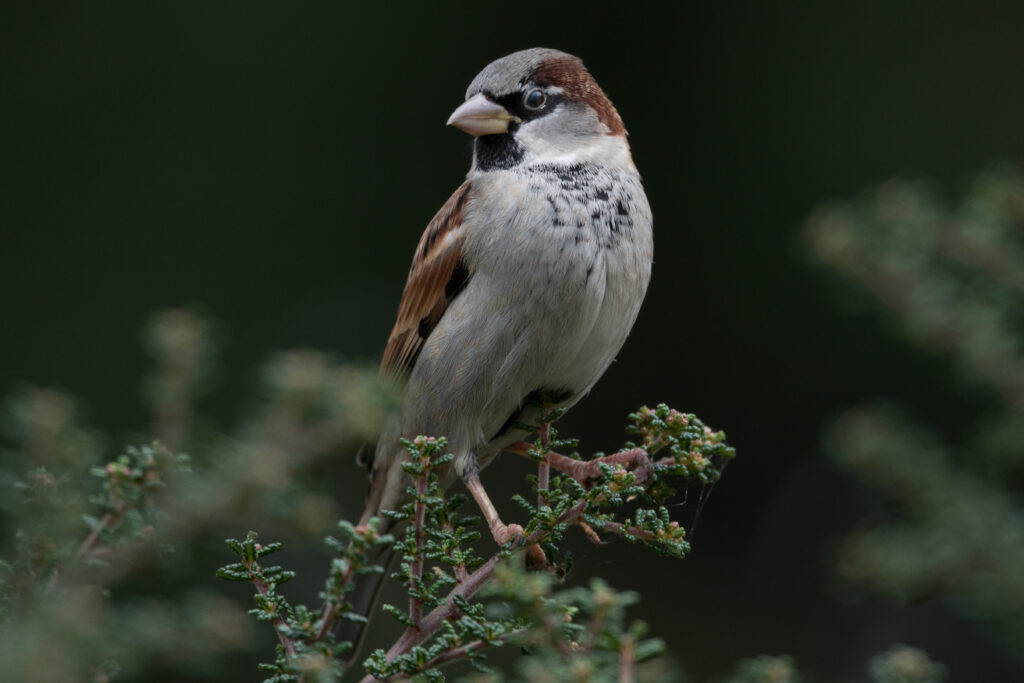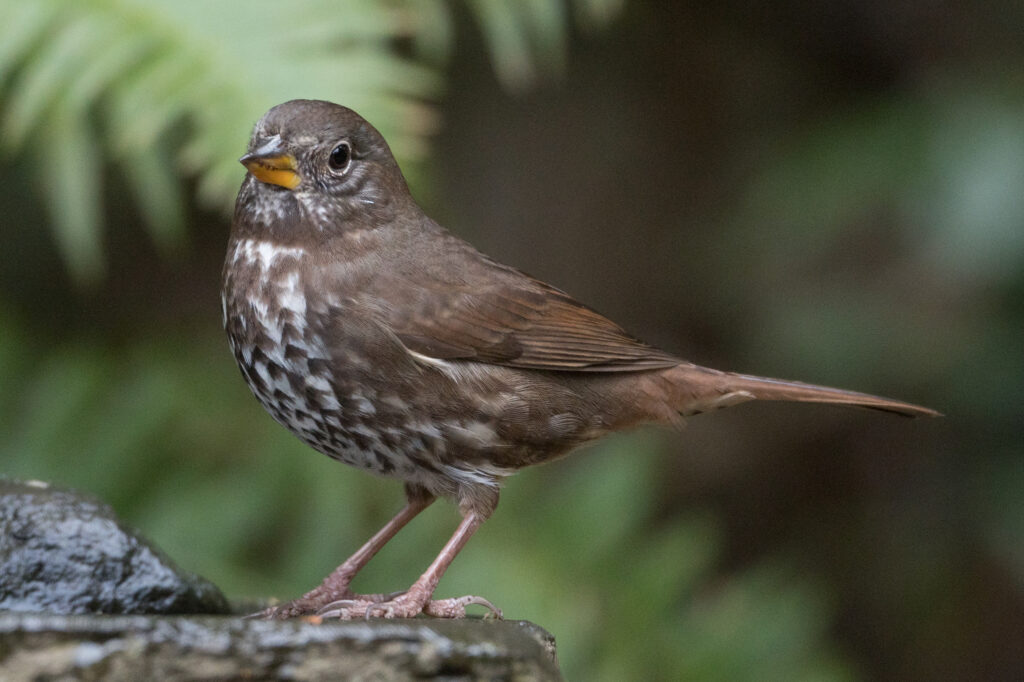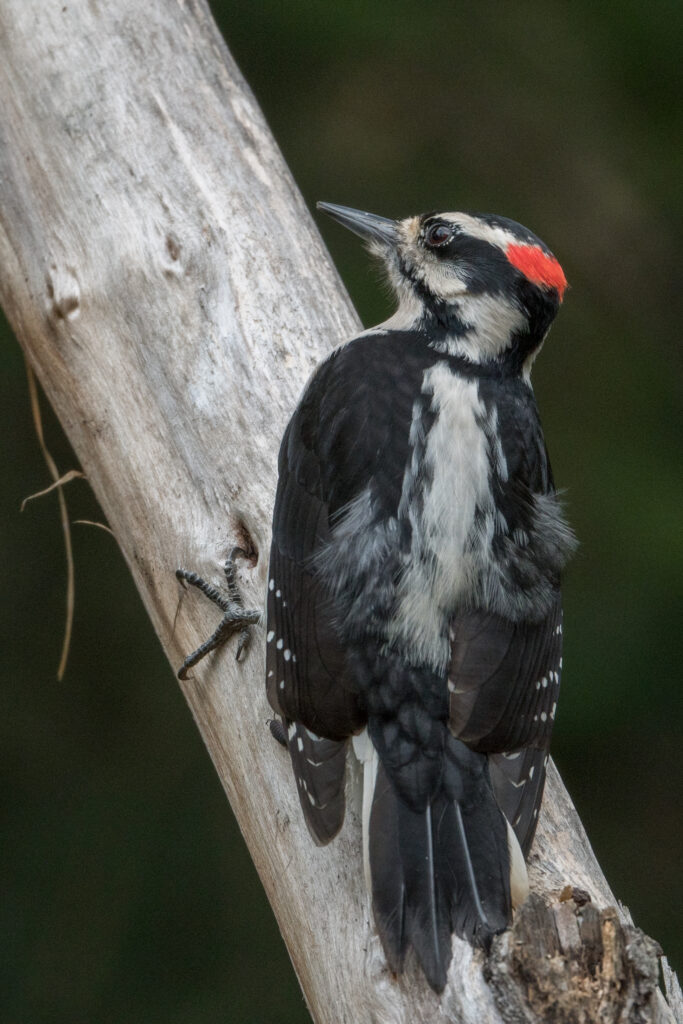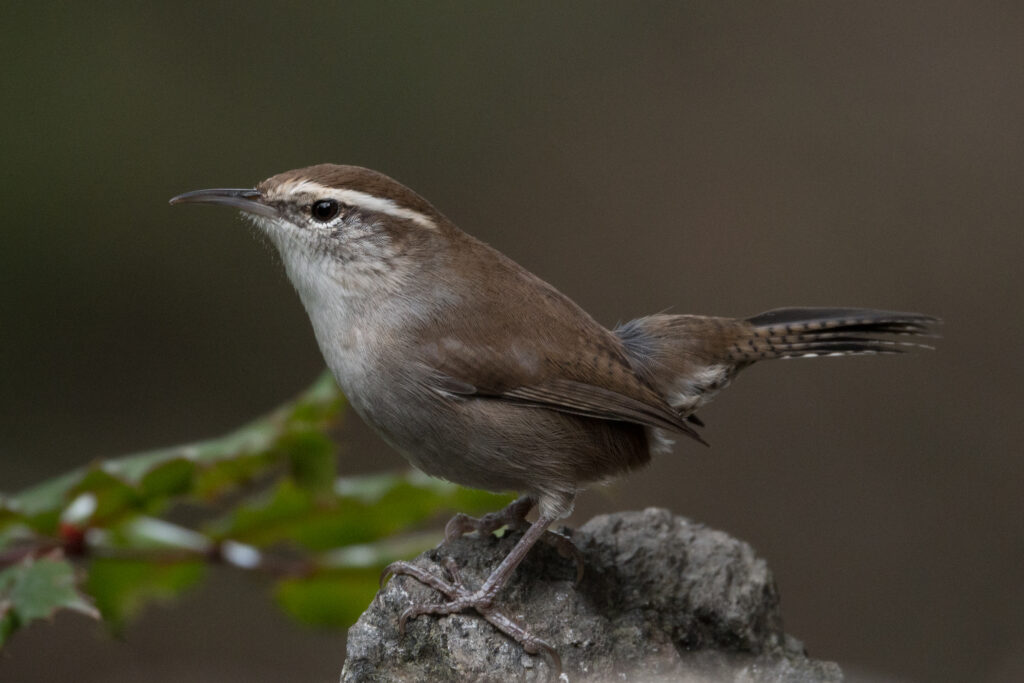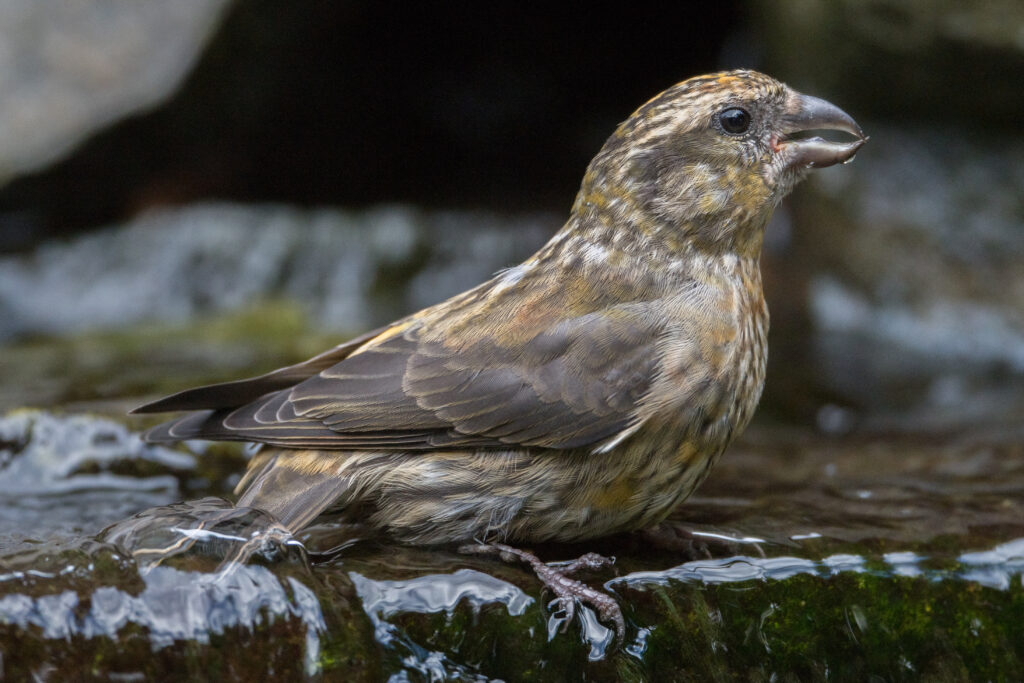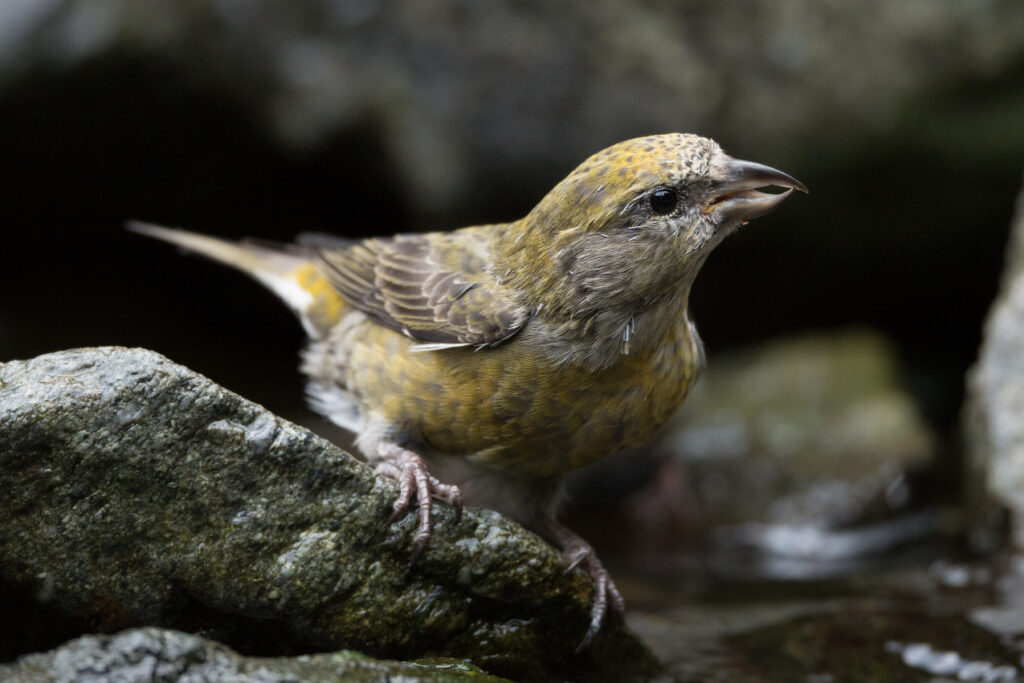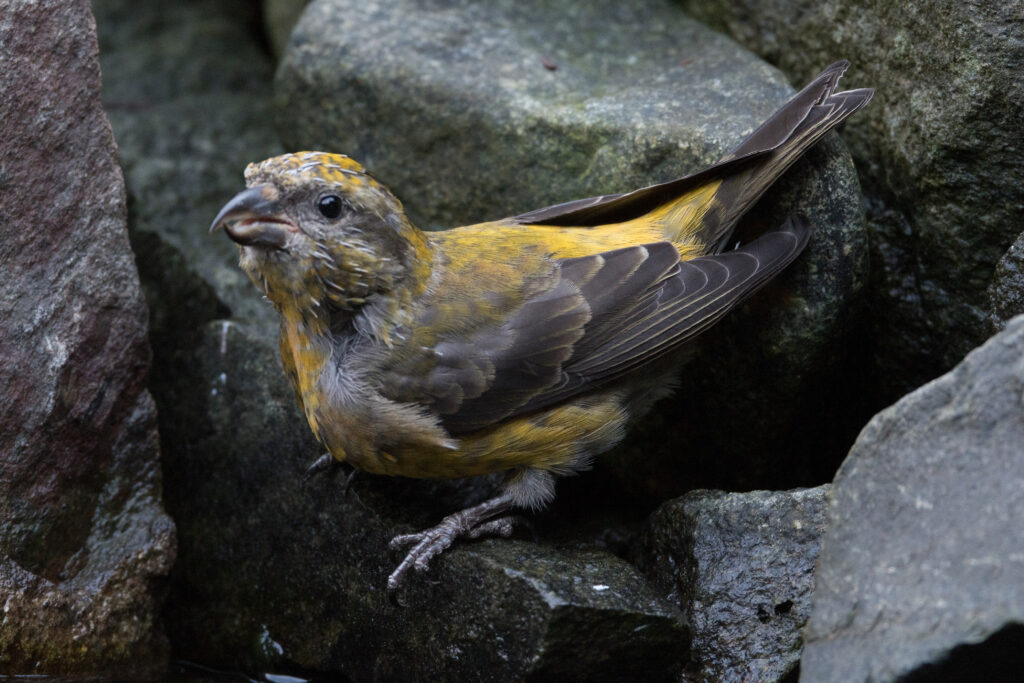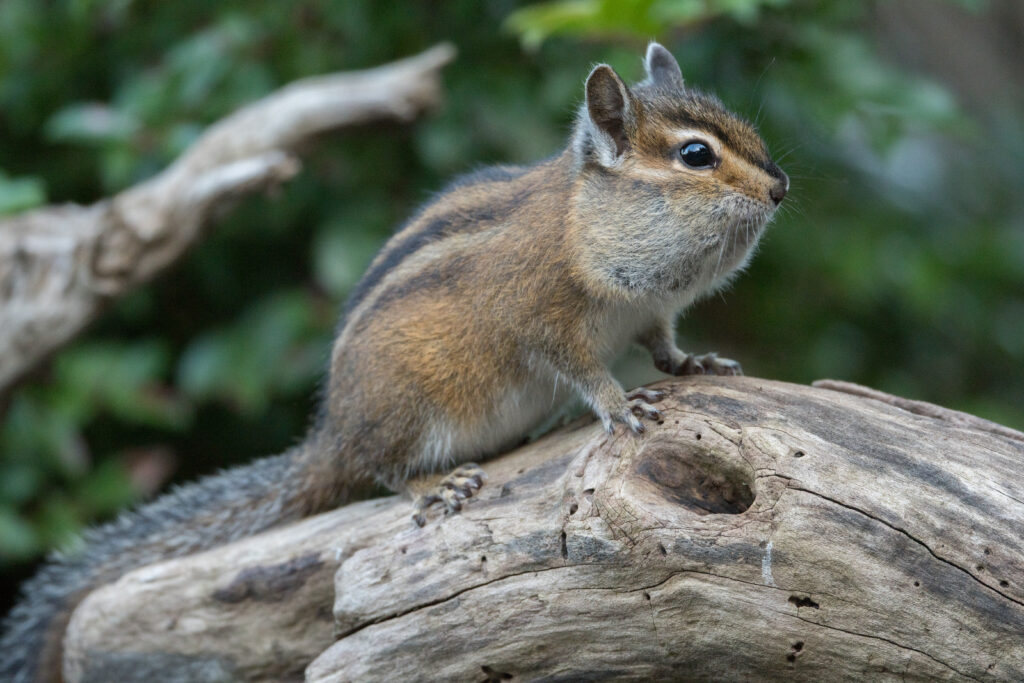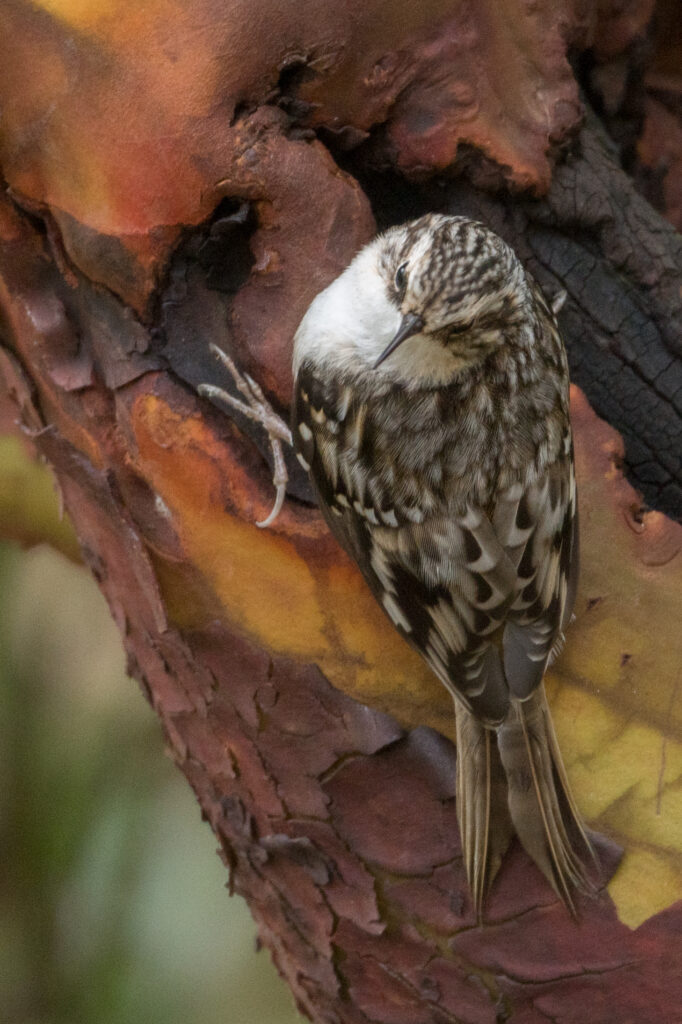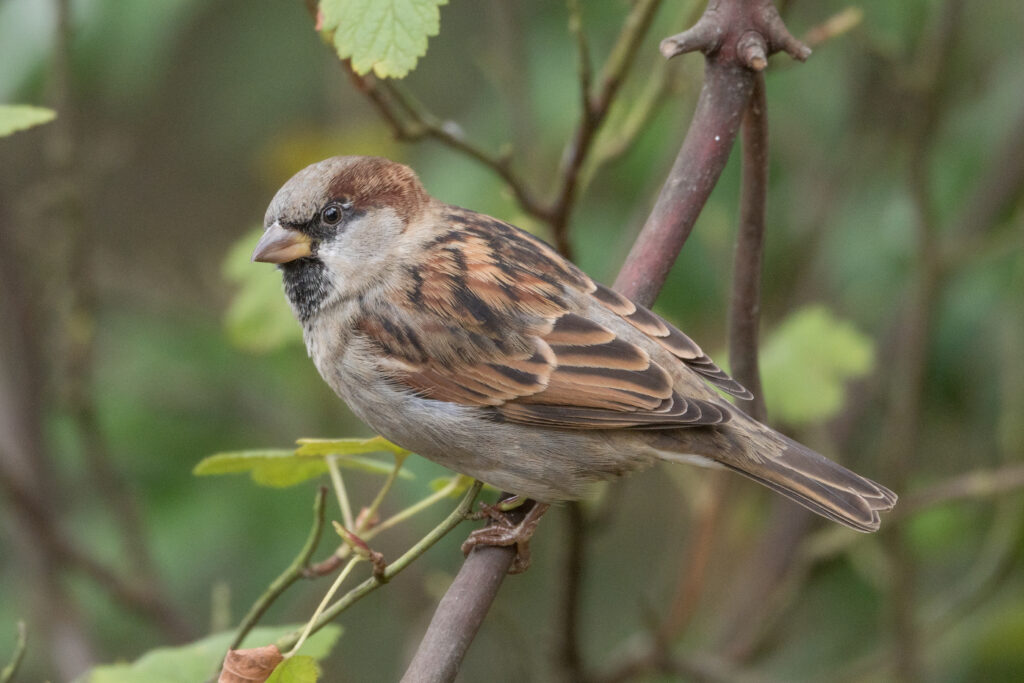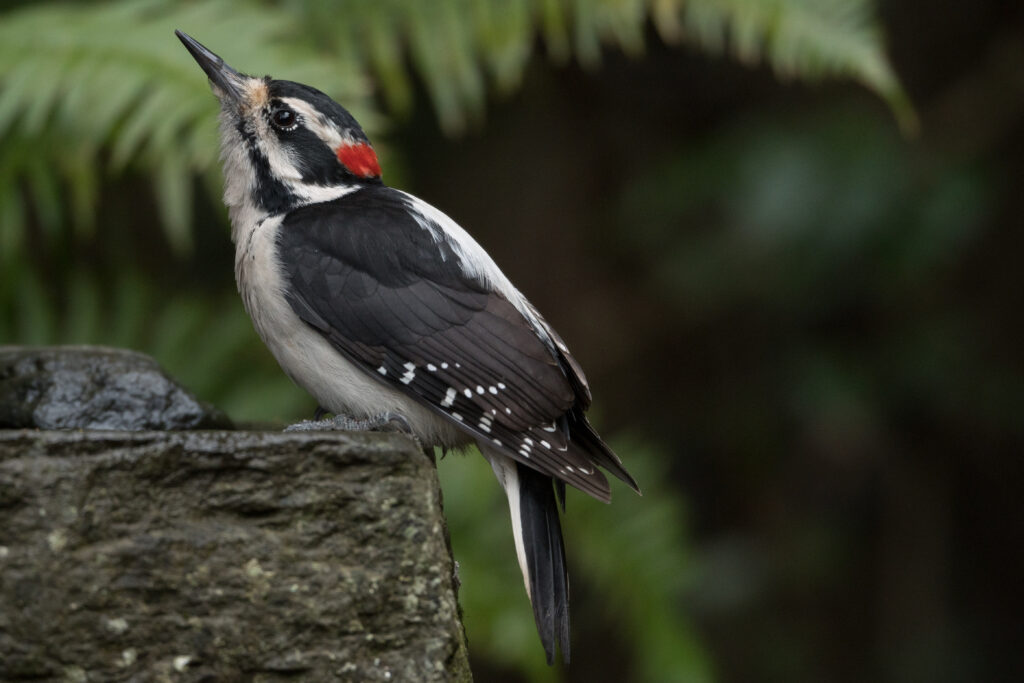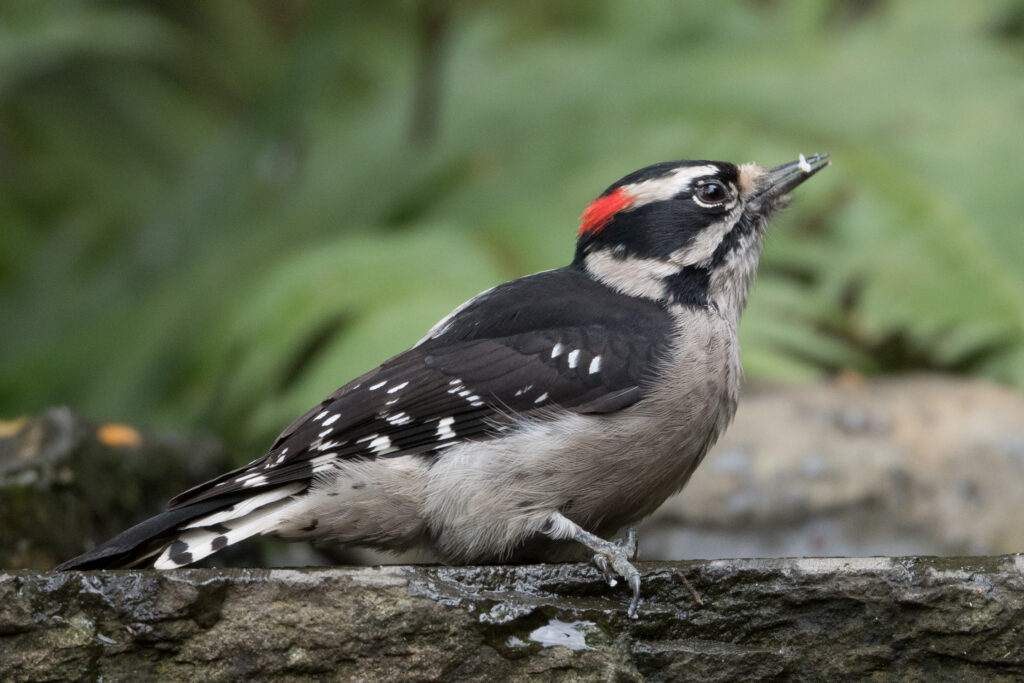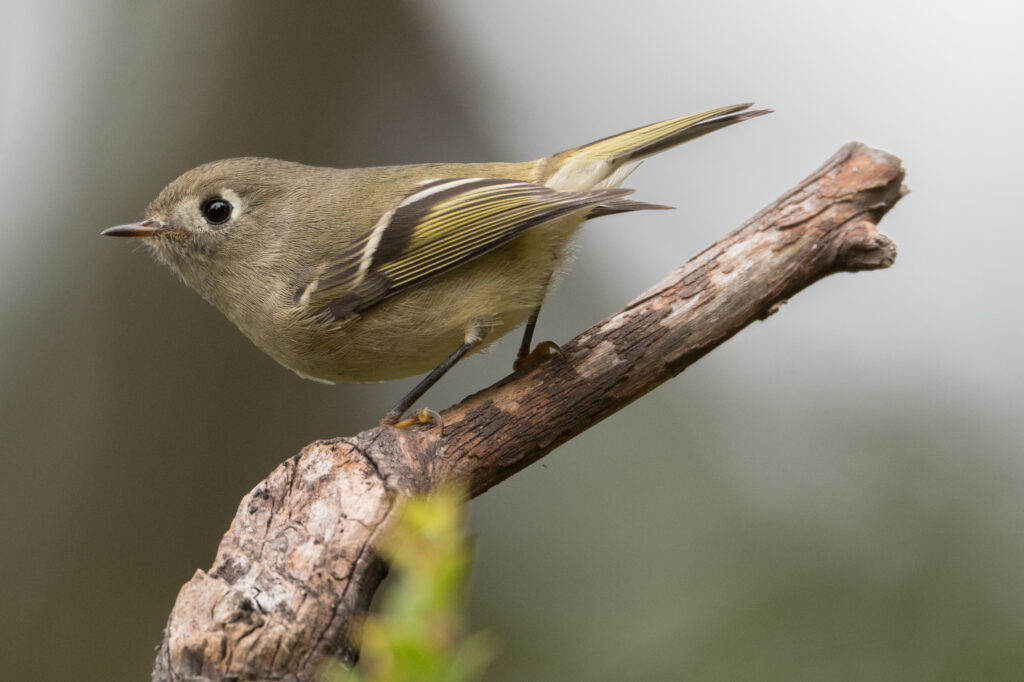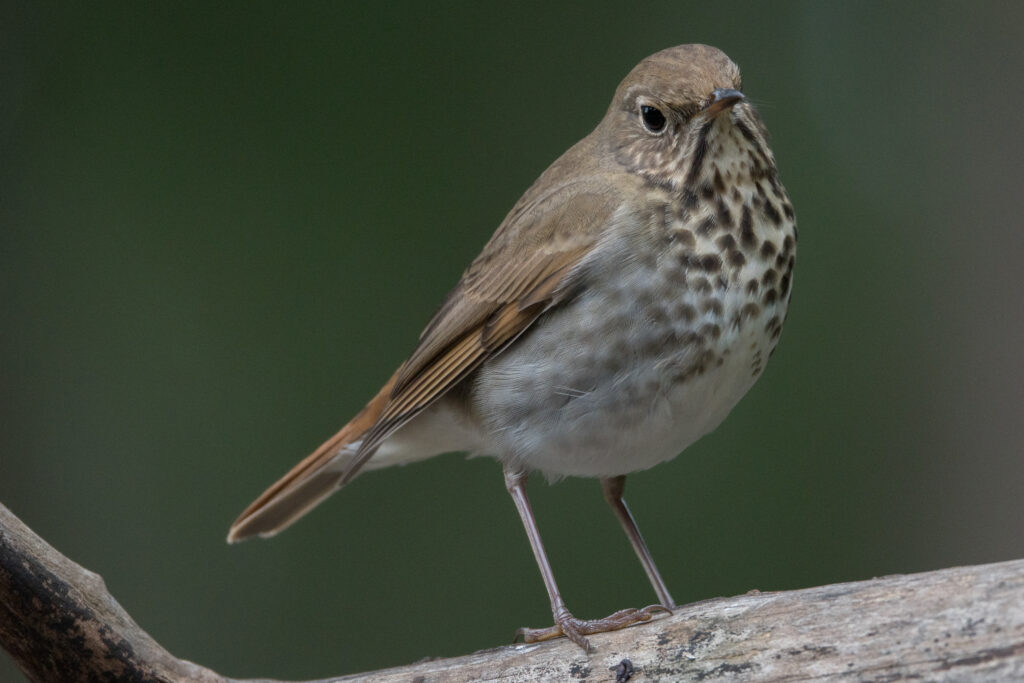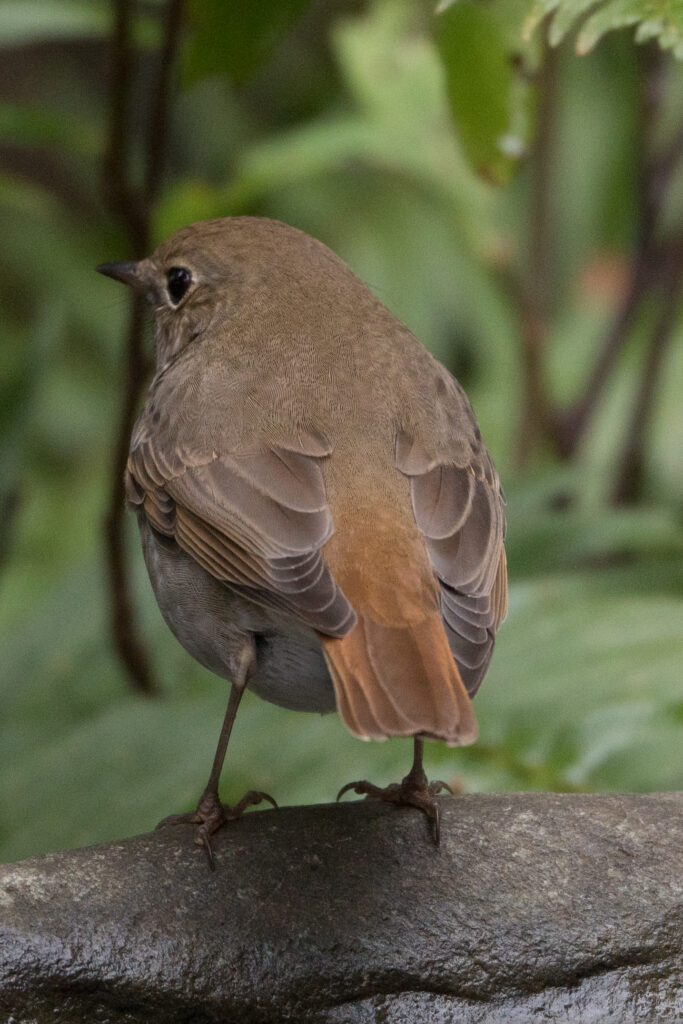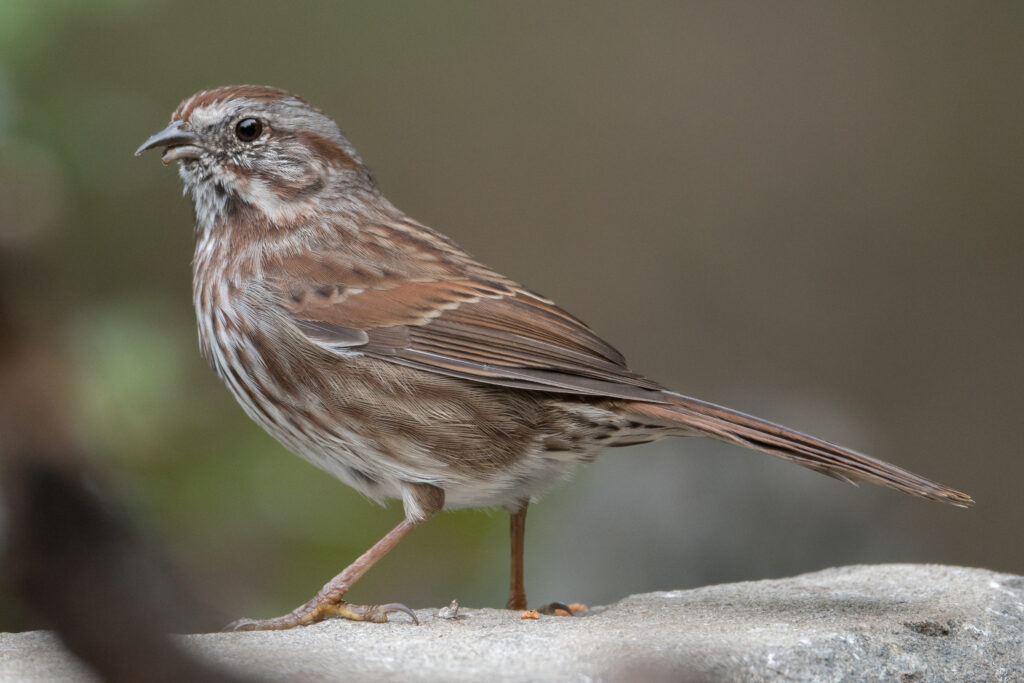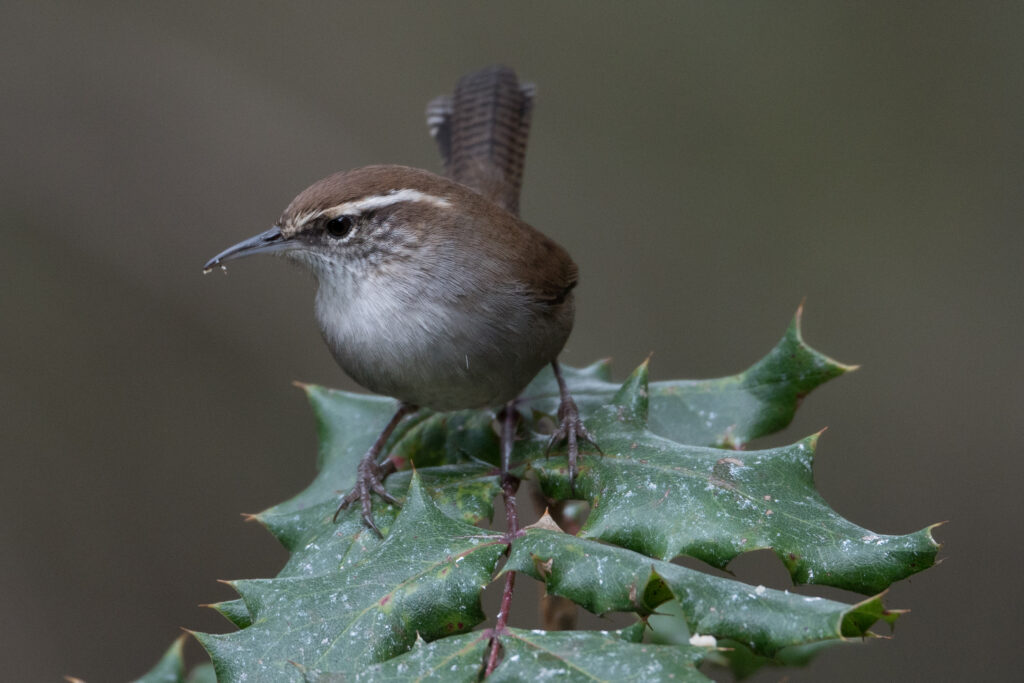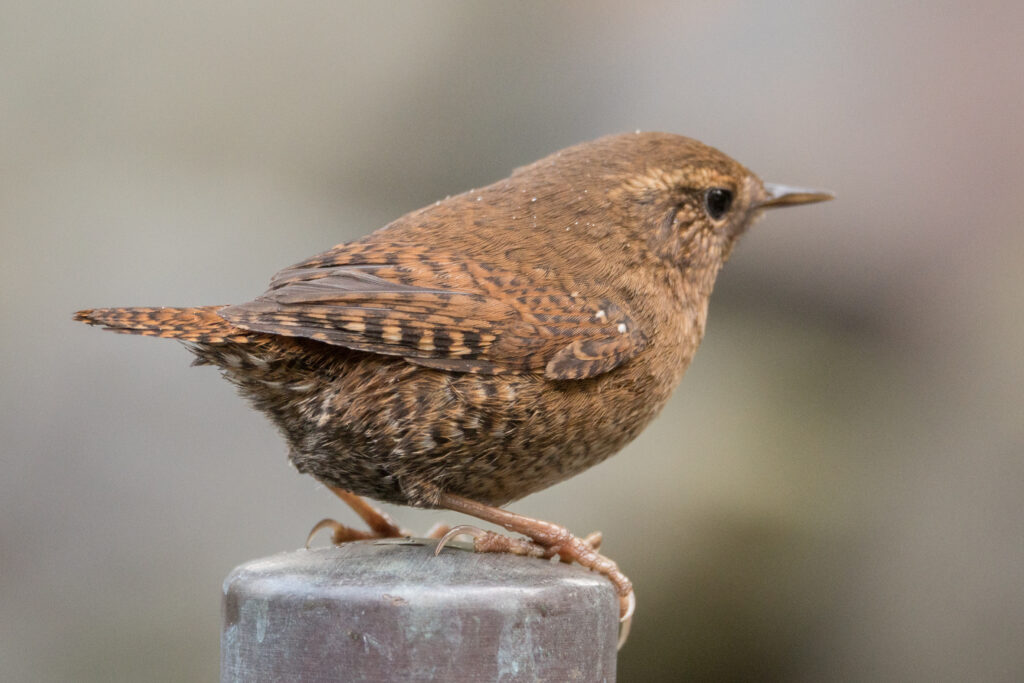On Thursday, December 17, 2020, I set out for an excursion to Fir Island. I visited one of my favorite birding places on the way and found many House finches, some eating dried blackberry seeds.
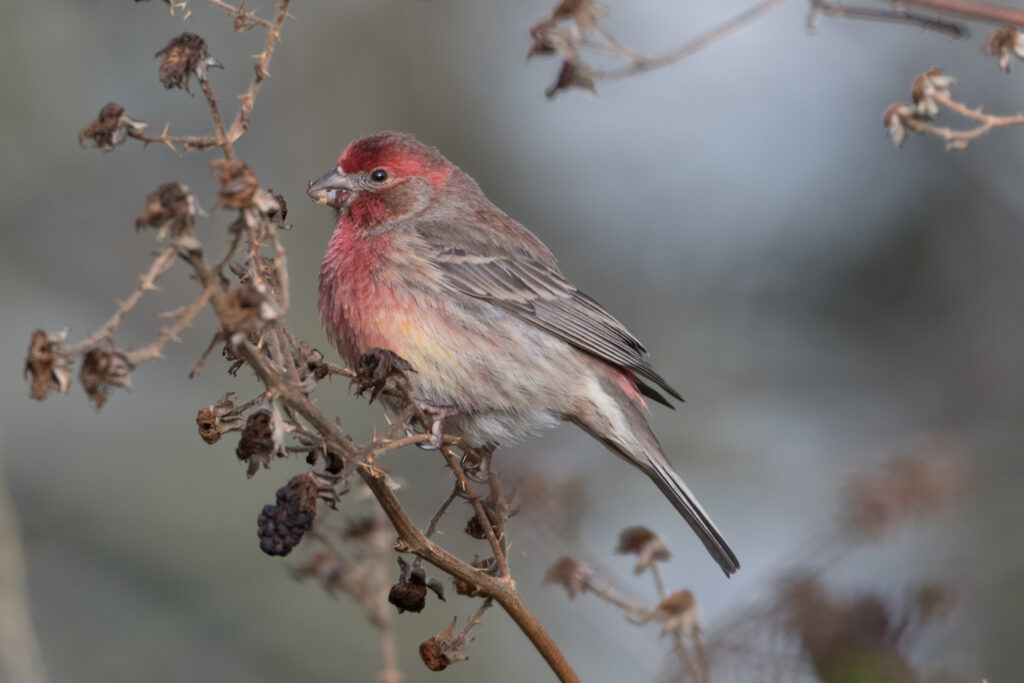
Nearby I was startled to find what had to be a male Purple finch, the first I had identified in many years. There is a wide variation in the colors of male House finches and I have friends who think they can distinguish male Purple finches from male House finches by color, but in my opinion color only is not a reliable differentiator between the two species. However, in this case, the red tint all the way down the bird’s back left no doubt in my mind I was looking at a Purple finch. I only managed a couple of photos before the bird flew, and unfortunately there were intervening twigs, an unavoidable impediment in birding photography, but I believe that my photo is diagnostic.
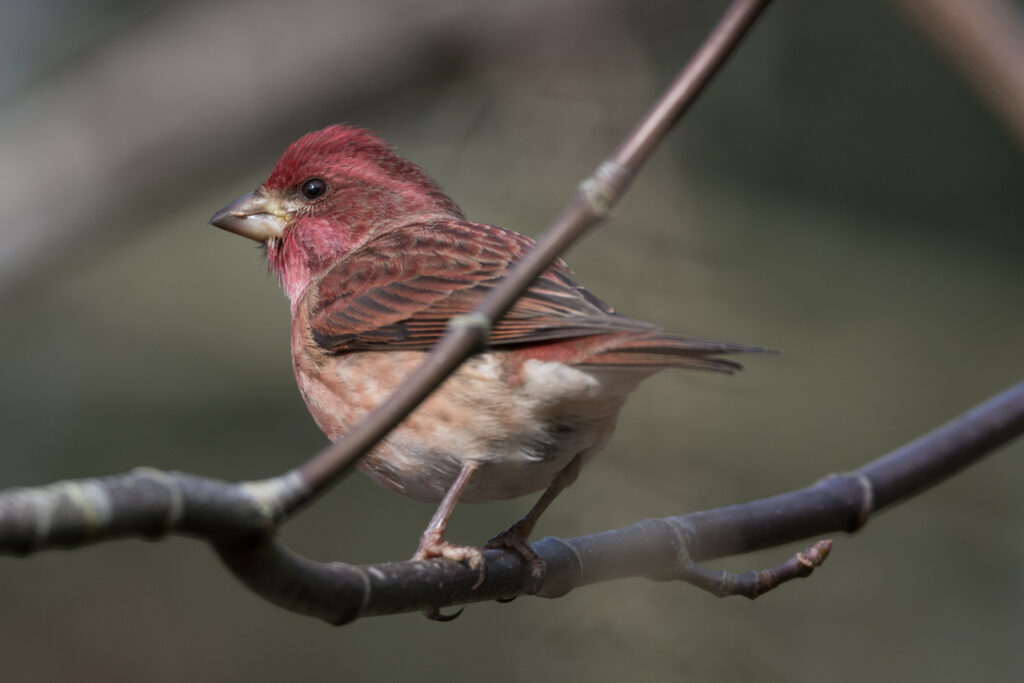
On Sunday, December 20, I was at home watching the Seahawks game when I thought I saw a bird fly in front of our French doors on where west patio. The west patio only has a small bird bath that is rarely frequented by birds. I rose to investigate and found a male Yellow-rumped (Audubon’s) warbler fly-catching from a plum tree just off the patio. I retrieved my camera and took several dozen photos of the bird between forays for some kind of flying insects I couldn’t see. The activity went on for 10-15 minutes giving me ample opportunity for many photos with the many perches the bird used.
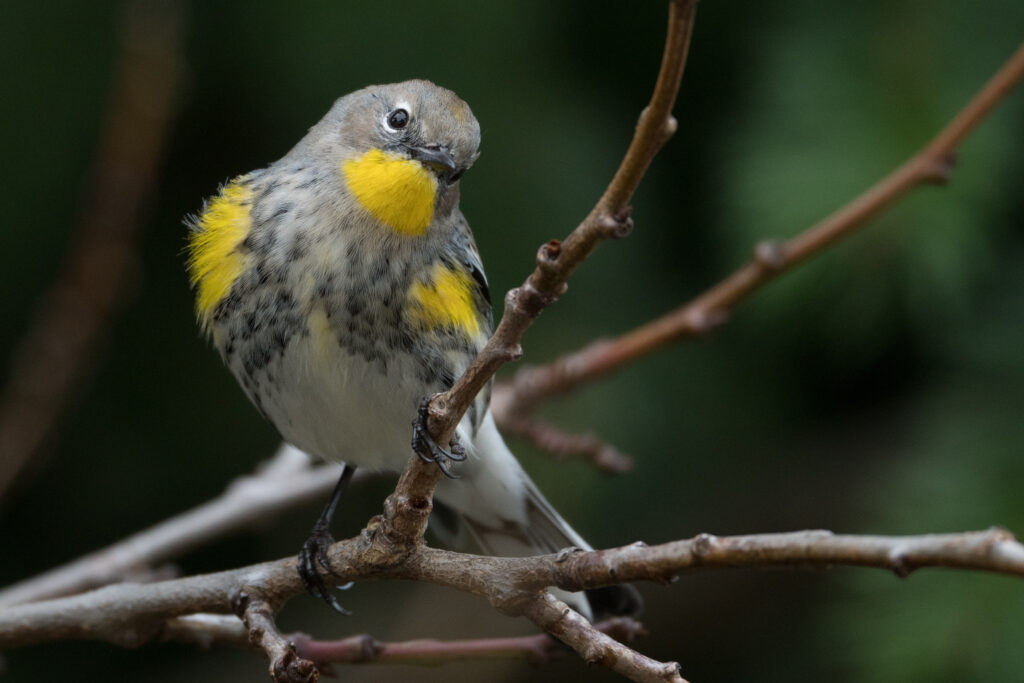
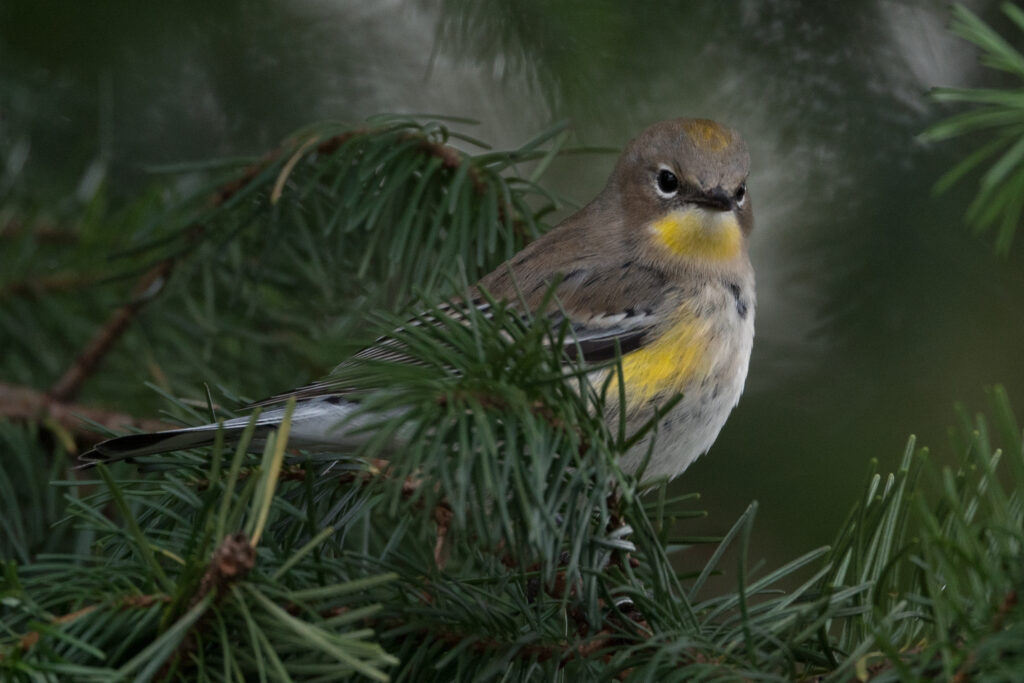
As I watched, the warbler was joined by a male (you’ll have to take my word for it!) Ruby-crowned kinglet and several other species of birds.
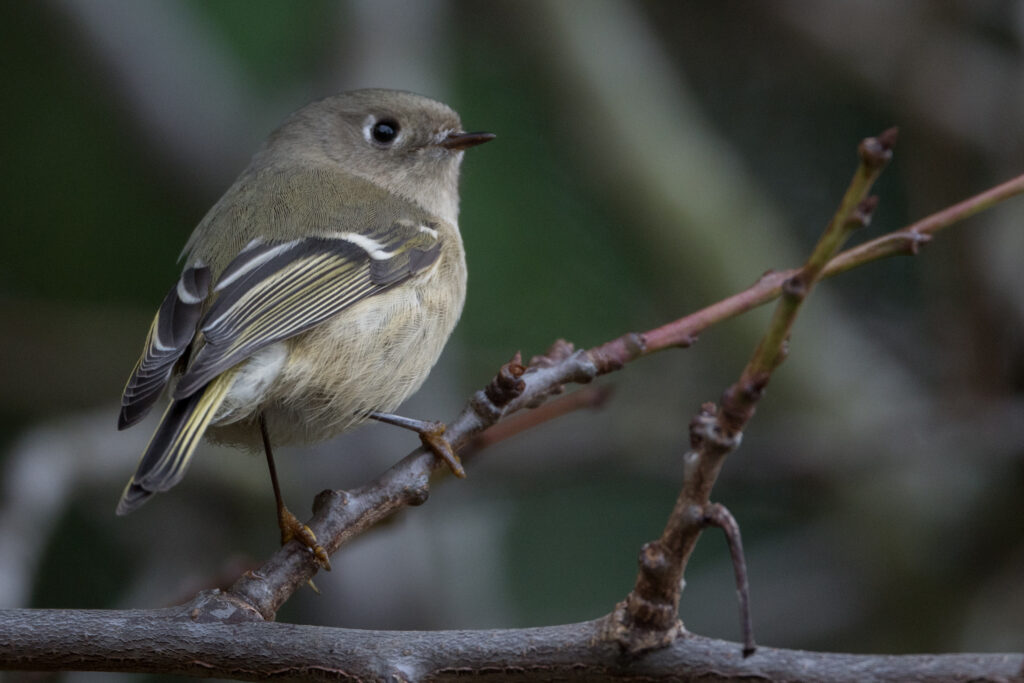
I was really curious as to what the birds were plucking out of the air, but whatever they were they were smaller than I could see.

